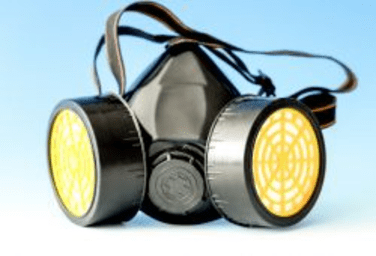
Safety Tip - Lead Awareness
Combat the risk of lead exposure by learning about where it's found and the controls in place to prevent exposure
Lead is a heavy, soft, gray-blue metallic element found in the earth’s crust. Most occupational exposure to lead comes from activities like mining, smelting, manufacturing, and through the use and work with manufactured products containing lead. But lead is perhaps most commonly associated with paint and painting as a historically important ingredient until the negative effects of lead paint became known, resulting in the banning of its use in the industry, and the rise of safer alternatives like latex. In use up until about the late 1970’s, lead paint remains a common hazard for those working in the demolition, renovation, and general construction industries, though exposure to lead paint is a diminishing risk.
Lead poisoning can damage the brain, liver, kidneys, and red blood cells. It can also damage bones and cartilage, and harm the reproductive system. When skin and eyes come in contact with lead dust, irritation can occur. Lead can enter the body by ingestion or inhalation. It can be ingested by eating lead contaminated foods and drinking water that has passed through older lead pipes. It can also be inhaled by breathing air containing lead dust or particles of lead such as fumes from heated lead.
The objective of this course is to provide awareness training to help workers recognize the occupational hazards and health effects of lead exposure, where lead is found, its exposure controls, and the elements of the medical surveillance program and medical removal program.







